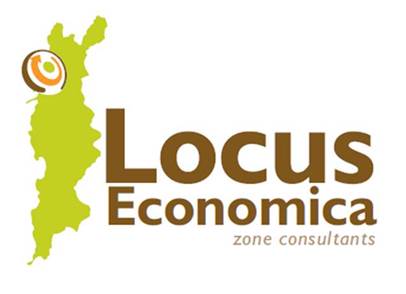Uganda
Uganda, the world´s most populous landlocked country after Ethiopia, enjoyed high levels of growth and poverty reduction from 1987-2010, with GDP growth averaging at 7% per year. This economic growth was ushered in by the end of armed conflict in 1986 and a series of stabilization and pro-market structural reforms that followed. For instance, the 1991 Investment Code opened up the industrial sector to foreign participation, with the exception of industries concerning national security or requiring the ownership of land.
Since 2010, GDP growth has slowed, but the policy and legal frameworks have continued to improve. The 2010 Companies Act allows for single-person companies, permits the registration of companies incorporated outside of Uganda, and regulates share capital allotments and transfers. The 2015 Public Financial Management Act further improves government effectiveness and fiscal responsibility.
Uganda´s experience in zones began in 2006, when the Lake Victoria Free Trade Zone, situated on 200 square miles of land in Uganda, became operational. In 2014, it adopted a Free Zones Act and established the Uganda Free Zones Authority (UFZA), which endeavor to create an enabling environment for export-oriented manufacturing. The UFZA will regulate the Kaweweta SEZ in Nakaseke.
Jean-Paul Gauthier Speaking with an UFZA Panel
While still working at the IFC’s Foreign Investment Advisory Service (FIAS), Locus Economica Founder Jean-Paul Gauthier reviewed Uganda’s legal arrangements for the proposed Lake Victoria FTZ, at the request of the Government of Uganda. Soon after completion of Mr. Gauthier’s FIAS work, the Uganda Investment Authority (UIA) was in 2007 given the mandate to establish 22 industrial parks, of which at least 7 are now operational. The Sino-Mbale Industrial Park hosts 3 operational investors and has 9 further investments under development, with capacity to host 50 in total. There are 38 fully operational investments, employing 23,000 workers and expected to employ a total of 47,000 once full, in Namanve Industrial Park, with a further 99 investments under development. Luzira Industrial Park is fully operational with 11 investors. A fruit factory in Soroti Industrial Park opened in 2019, and Kiira Automotive is setting up a facility at Jinja Industrial Park. The private Liao Shen Industrial Park expects to employ 16,000 people. As of the end of 2018, it hosts 3 operational factories, with an additional 7 expected by the end of 2019, and a total capacity for 49 factories. The private MMP Industrial Park will have space 25 factories, with 3 already under construction and expected to employ 6,000 people.
The Uganda Free Zones Authority (UFZA) was established in 2014. The first FZ license was awarded that very year to Turkey’s ASB Group in Kaweweta. Commitments to a $600 million in investment to generate 10,000 jobs and $4 billion in exports have been made. Arua FZ, licensed in 2016, is expected to create 7,000 direct jobs and attract $1.2 billion worth of investments by 2024. The Uganda-Guangdong FZ in Tororo broke ground in 2018. A $620 million project, it is expected to create 3,000 jobs by the time it is fully operational in 2020.





In 2013 Locus helped the East African Community (EAC) develop a region-wide Special Economic Zone (SEZ) policy. ...